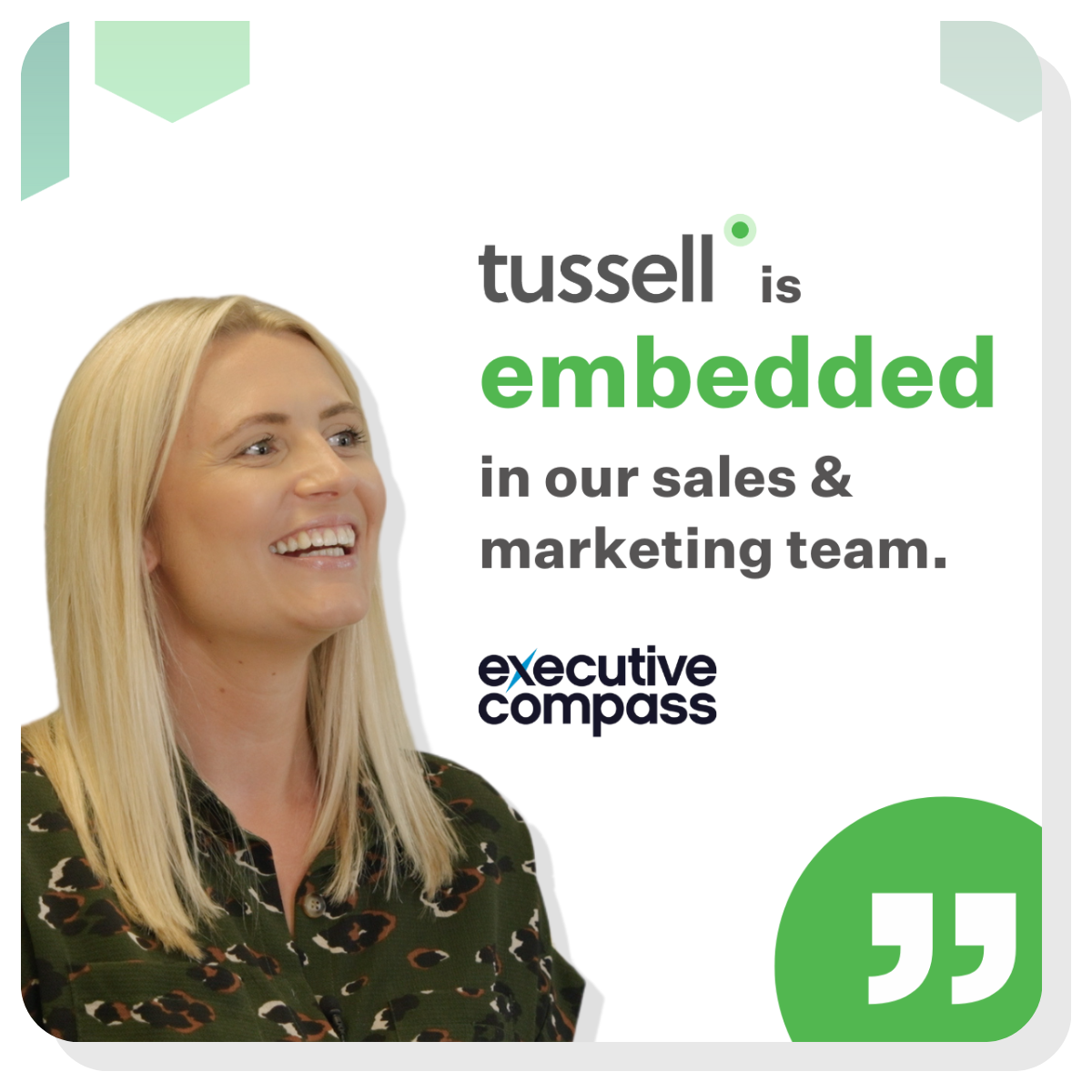If the first time you hear of a public sector opportunity is on Find a Tender, you're already behind.
By then, the buyer has already scoped their needs, spoken to suppliers, and may even have a preferred solution in mind.
To truly succeed in B2G sales, you need to position yourself to win before the tender is published. How?
In this blog, we explain how you can anticipate future tenders using pre-tender insights, and how to leverage this intelligence to maximise your business' chances of success.
Skip ahead to read about:
- The procurement cycle, explained
- How to find early buying signals
- How to position yourself to win with pre-tender intel
- Conclusion: what this means for you
⏳ The procurement cycle, explained
Many suppliers presume that a buyer's purchasing journey - and supplier's involvement within it - begins with a tender or pre-market engagement notice appearing on FTS, Sell2Wales, etc.
In reality, the journey started months, or even years, beforehand.
Long before a buyer publicly announces a tender or launches official market engagement, they have already undergone a (often) long pre-procurement process.
Each journey looks different for each buyer and tender, but below we've outlined some of the key steps:
🔎 Identifying the need
All procurements seek to satisfy a contracting authority's need.
This need might originate from:
-
Policy or manifesto commitments
-
New or emerging issues
-
The imminent expiry of an incumbent contract
-
A desire to innovate or experiment
-
Emergencies
Depending on the nature and urgency of the demand, how it turns from an idea to an actualised procurement process varies considerably.
Let's assume the demand is tied to a contracting authority's policy commitment. From here, the authority will need to debate what the solution will look like in practice.
💡 Internal debate & market analysis
To grasp how the problem might be solved, policy and/or procurement teams might:
-
Hold internal planning sessions to define what the solution should include
-
Assess whether it can be delivered in-house
-
Research what solutions are already on the market
-
Speak to other authorities about their experiences
From there, the buyer could delay if the issue is too complex, solve it internally, or involve the market – either through formal pre-market engagement process, or direct talks with suppliers they already know.
In any case, they’ll still need senior approval and budget sign-off via a business case.
📝 Creating a business case
The relevant parties may need to draft a formal business case to get senior and budgetary sign-off before the procurement can commence.
This business case might include:
-
A definition of requirements
-
The estimated cost, and where the budget would come from
-
Scoping how the contract would be managed
-
Assessing risk and compliance
-
Ensuring the procurement aligns with the authority's objectives or principles
Presuming the business case is approved, the buyer will then need to finalise the details of the procurement process itself.
🔎 Planning the procurement
A lot of work goes into planning out how the buyer will undertake procurement. Considerations and tasks include:
-
Drafting the tender specification - including award criteria
-
Which procurement process to use (e.g. standard vs. Competitive Flexible Procedure)
-
Deciding whether to procure via a framework agreement or Dynamic Market
-
Considering how the tender spec aligns with national objectives, PPNs, social value requirements, etc.
Alternatively, this drafting stage might involve the creation of a Planned Procurement Notice or Preliminary Market Engagement Notice.
Once the notice is drafted and approved, it is finally ready to be published online.
(For more information on the public procurement cycle, we suggest consulting the Crown Commercial Service's interactive Procurement Pathway, or CIPS's Procurement & Supply Cycle)
*
Not every buyer follows these stages in the same order, but the point remains: the procurement process starts long before the tender goes live.
If your sales approach only begins with the notice, you’re already too late.
Learn how to predict tenders & build pipeline at Tussell's Sept 16th webinar.
⏳ How to find early buying signals
So how do you know when a buyer is in the planning phase?
Their own publications are full of clues.
Let's take a tour through these documents - and highlight examples of some pre-tender buying signals we've identified.
📃 Meeting minutes
Meeting minutes record the discussions and decisions of a committee, cabinet or other group. They often reference procurement debates or approvals, offering early clues about future tenders.
This meeting minutes document of Basildon Councils' cabinet, for example, contains the following:
"Cabinet has approved the extension of the Council's Housing Management System contract with Civica for up to two years to July 2026 in order to allow time to complete the procurement and implementation of a replacement system."
If you're a Civica competitor, this intelligence is invaluable - giving you a clear signal to engage with Basildon early while they're still considering alternative providers.
🎯 Reports & Business Cases
Contracting authorities publish 'reports' on a wide range of issues, and for lots of different reasons.
One purpose is to outline a business case for a proposed procurement. This report will then be submitted to the relevant committee, stakeholder or cabinet for approval.
In this June 2024 'Report to Cabinet' from Birmingham City Council, for example, the Council's Strategic Director for City Housing outlines how the council can implement its planned CCTV Pilot Programme, for approval by the Council's cabinet.
The Report explicitly states:
"Approval is sought for the implementation of a 12-month CCTV pilot "to provide an evidence basis to support the possible wider implementation of CCTV across the city", with a specialist contractor sought to provide CCTV equipment, cabling and a fibre optic link."
If you're a CCTV supplier, this would be an excellent signal to engage with Birmingham City Council.
🗺️ Procurement Strategies
Procurement strategies, as the name suggests, document an authority's planned procurement approach and activity over a future time period.
They contain some of the clearest indications of planned procurements.
Dumfries & Galloway Council's FY24/25 - FY25/26 Procurement Strategy, for example, mentions the "renewal of the social care work case management system", "renewal of the financial management system", and "renewal of the HR & Payroll sytem".
If you're not already on top of your target account's published procurement strategies - you need to be.
*
Those are just a few examples of the invaluable buying signals buried in government publications.
Find them, and you can position your team to influence the buyer's procurement journey.
But don't be under any illusion - finding them is time-consuming. These documents are published in huge volumes across countless sources. You'll need to commit time and resources if you want to spot these signals on a consistent basis.
(or ... your team could use Tussell's AI-powered Early Opportunities module - click here to learn more)
🔮 How to position yourself to win with pre-tender intel
So, you've unearthed a nugget of pre-tender intelligence. How can you make the most of it?
Here's what you can do once you're ahead of the tender:
❤️ Build relationships with the buyer
By starting early, you give yourself more time to understand the buyer and their needs.
Ask: what problem are they really trying to solve? What matters most to them? What solutions have they already looked at? Who are the key stakeholders and decision-makers?
The better you understand their context, the better you can position yourself to win – or shape the tender in your favour.
📚 Educate the buyer
A key part of relationship-building is helping the buyer understand your solution and its benefits.
When tackling a new or complex problem, buyers often lack experience in how best to solve it. They usually welcome supplier input that shows them what’s possible.
By engaging early and educating them, you can shape how they approach the procurement, what they value, and position your solution as the most logical choice.
🎨 Influence the buyer's journey
Early engagement can give you influence which procurement route the buyer decides to take.
If you've been successful in educating the buyer as to your solution, they may end up writing the tender specification with it in mind.
In other cases, the buyer may decide a full open competition isn’t needed, and instead:
-
Call-off via a framework or Dynamic Market
-
Extend or adjust an existing contract
-
Directly award a contract
🚀 Focus your team on the right accounts
With foresight into which buyers are preparing to buy in your niche, your sales team can prioritise the right opportunities.
No more chasing accounts that never convert – meaning less wasted time, more pipeline, and more public sector revenue.
💪 Gain a competitive advantage
And finally, you can be doing all of the above, while your competitors are none the wiser.
By seizing on early buying signals, you gain a critical competitive head-start on the rest of the market - affording you more time to build relationships, understand the buyer, and shape the procurement's direction.
🌅 Conclusion: what this means for you
Getting ahead of tenders is a key characteristic that separates proactive from reactive suppliers.
By turning to early buying signals scattered across government publications, your team aren't just reacting to tender - you can shape their direction.
Want to solidify what you've learnt in this article? Join us on Sept 16th for an interactive webinar on this topic - How to predict tenders & build pipeline.
The only trouble with pre-tender intelligence is the time and resources taken to find them in the first place.
There are thousands of government meeting minutes, strategy documents and procurement pipelines to scour through. Major government suppliers have whole teams of people dedicated just to this job.
Tussell’s AI-powered Early Opportunities module does the hard work for you – surfacing buying signals in your market so you can spend less time searching and more time shaping the tender.
To learn more, and to register your interest, click here.




%20v1.png)



.png?width=80&height=80&name=james%20v2%20(1).png)







